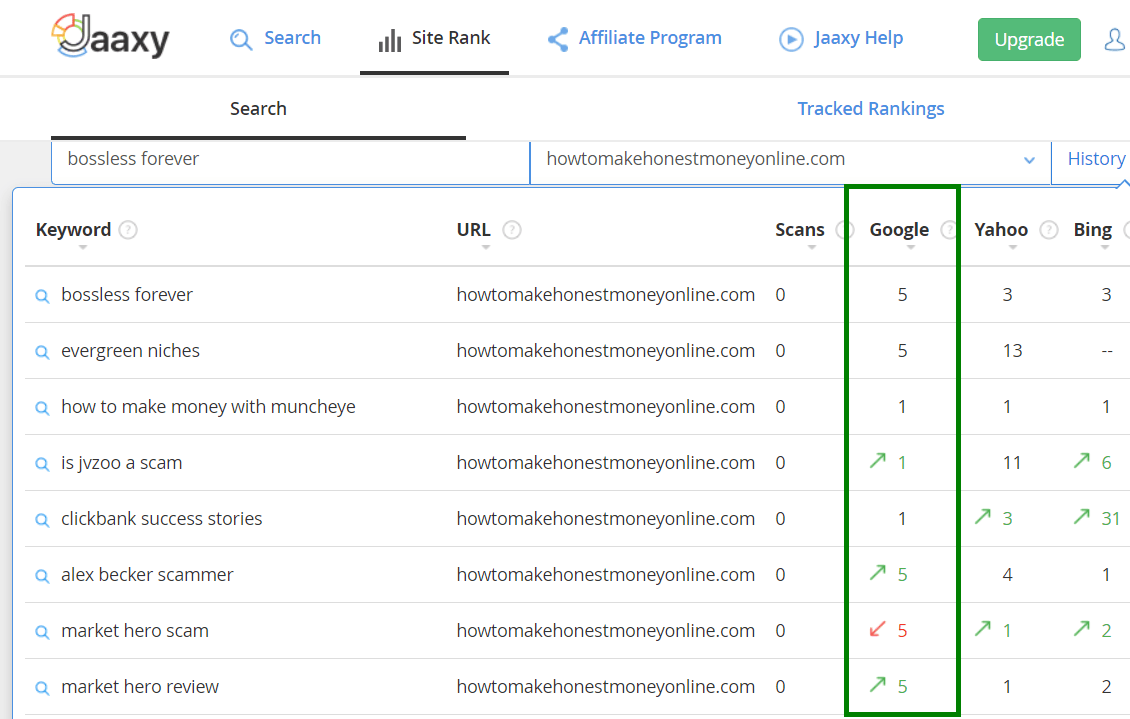

Remember, not all keywords have the same value! This will help you estimate the keyword popularity and how difficult it would be to rank. Yes, that’s an excellent approach to generate keyword ‘ideas’, but you need to analyze the search volume and competition of those keywords. This can be “dog food” if you’re selling pet food, “landscaping company in Toronto” if you’re running a local business, or “hardwood furniture” if you’re in the furniture business.īut simply guessing which keyword to rank for usually isn’t the best way to go. Start by thinking which keywords best represent your business, what you do, and what you offer?! You need to figure out which keywords you want to rank for – aka ‘targeted keywords’. Keyword research is the cornerstone of SEO. Having a new website and a good SEO strategy means you can start off on the right foot. This is what SEO (search engine optimization) is all about.

Step 4: Help Google find and index your website.

Step 3: Ensure high speed and performance.Optimize images with descriptive alt text Have click-worthy title tags and meta descriptions Step 2: Optimize pages for your target keywords.


 0 kommentar(er)
0 kommentar(er)
